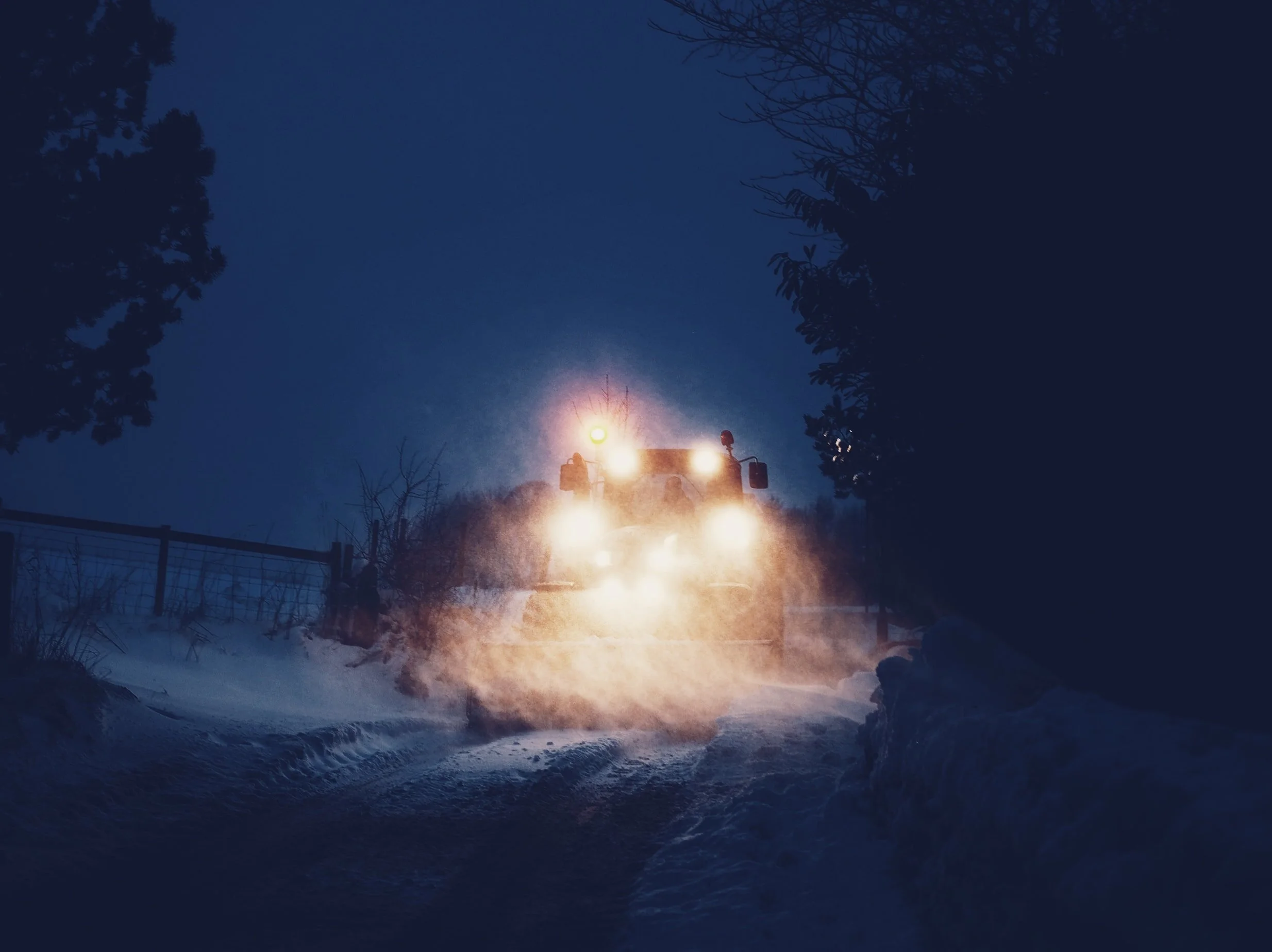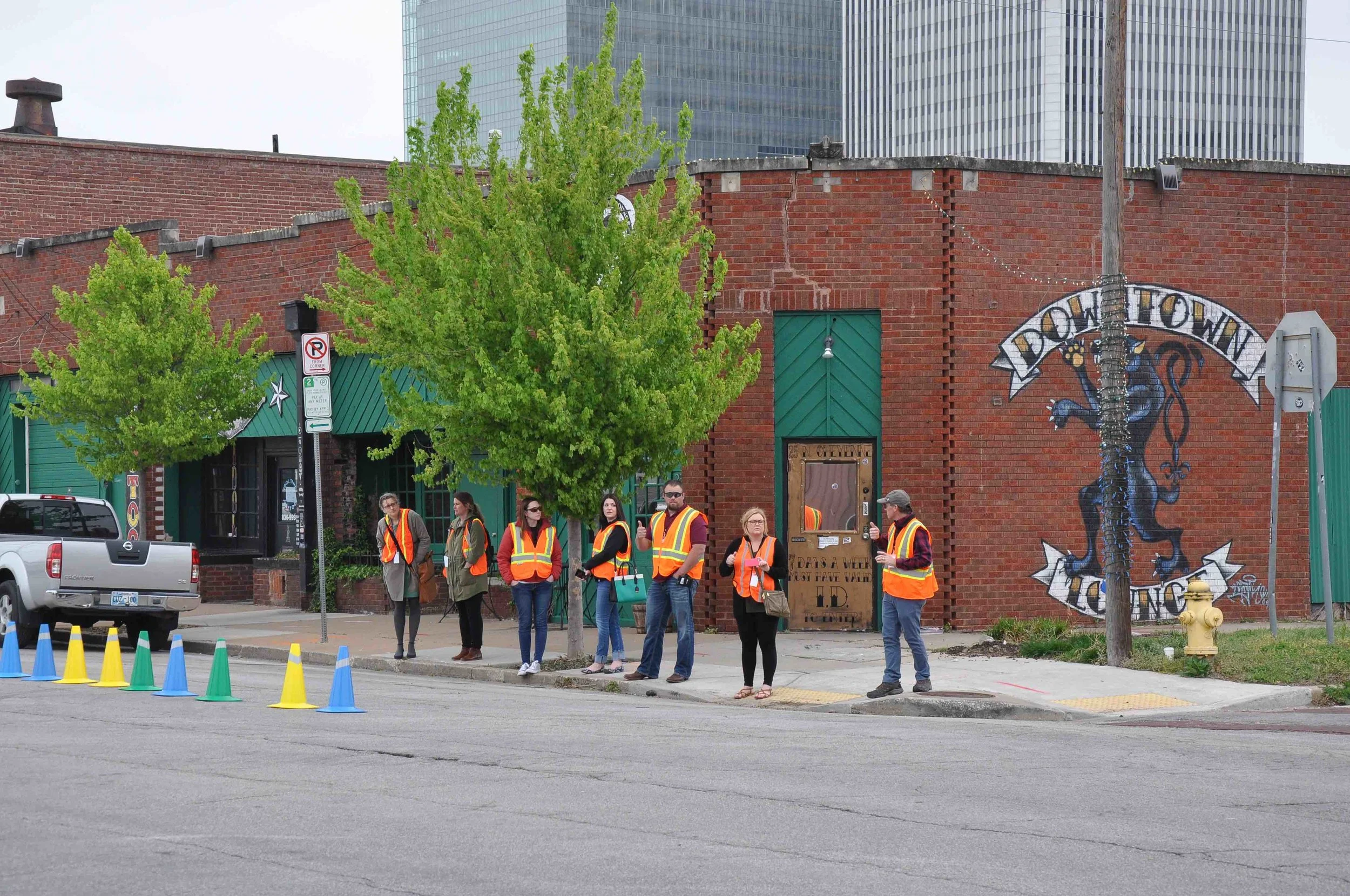Biking advocates often argue that cities should add bike infrastructure because it'll reduce congestion. Reality is harder to predict. Here's why you should shift away from reducing congestion arguments and what you could focus on instead.
Read MoreNorth America's built environment makes it too dangerous for most children to walk to school. Edward Erfurt, Strong Towns' director of community action, knows that from experience. Here's how he's planning to make the street outside his son's school safer.
Read MoreOther cities can learn a lot about placemaking from Cincinnati. It's a great example of what to do…and what not to do. Here are some observations from 36 hours spent in the city.
Read MoreNice, California, doesn’t have nice streets. But it could, if city planners started thinking about road infrastructure in a way that prioritizes safety and walkability over asphalt. Here are a couple of redesign options, inspired by a Crash Analysis Studio held in the city.
Read MoreWe talk with Dr. Shima Hamidi of the Johns Hopkins Bloomberg School of Public Health, whose research cuts into the core assumptions of the civil engineering profession in regard to traffic design.
Read MoreA recent public health study out of Johns Hopkins has found that narrow lanes reduce crashes on streets, and recommends that lanes as narrow as 9 feet wide be the default.
Read MoreIf your city is doing a street reconstruction project that involves replacing the curb, then don’t miss the once-in-a-lifetime opportunity to do a something majorly transformative…by simply moving the curb.
Read MoreCompact development isn’t just for big cities. Some of the best walkable urbanism in the world is in the smallest towns. And embracing this is the key to enjoying the best of both worlds: urban and rural.
Read MoreDo we size our city for the equipment we want, or size our equipment for the city we need?
Read MoreFor a traffic engineer, to be conservative in your design is to spend extra money building capacity you don’t really need. The spiraling costs of this approach are enormous.
Read MoreAn urbanist abroad discovers that Tokyo faces many of the same challenges as U.S. cities — off-street parking, pedestrian safety, utilizing space, etc. — but is addressing them in very different ways.
Read MoreEvery Friday, we spotlight an answer to one of your questions from the Strong Towns Knowledge Base.
Read MoreEvery Friday, we spotlight an answer to one of your questions from the Strong Towns Knowledge Base.
Read MoreThe “safety features” built into our modern streets are often downright dangerous. It's time to use the forgiveness of slow speeds instead of forgiving design.
Read MoreGet out there and start making your streets safer.
Read MoreOf all the urbanism specialists with tunnel vision, fire chiefs, fire marshals, and traffic engineers are probably the most dangerous.
Read MoreThe recipe for a successful residential street is simple, timeless, and requires very little costly engineering.
Read MoreWhen arguing for wider streets, many proponents point to bus or emergency vehicle access, insisting that a wide berth is necessary for large vehicles to pass through. In Washington, DC, I've seen firsthand how buses and ambulances have no problem navigating narrow streets.
Read MoreWe can build all the crosswalk signs we want, but if the cars are driving too fast, those signs will still go unnoticed. Narrower streets are a natural, affordable and lasting solution to pedestrian crossing issues.
Read MoreA little update on the storm that passed over Chuck's home last weekend. Thanks to everyone who checked in and sent well wishes.
Read More



















